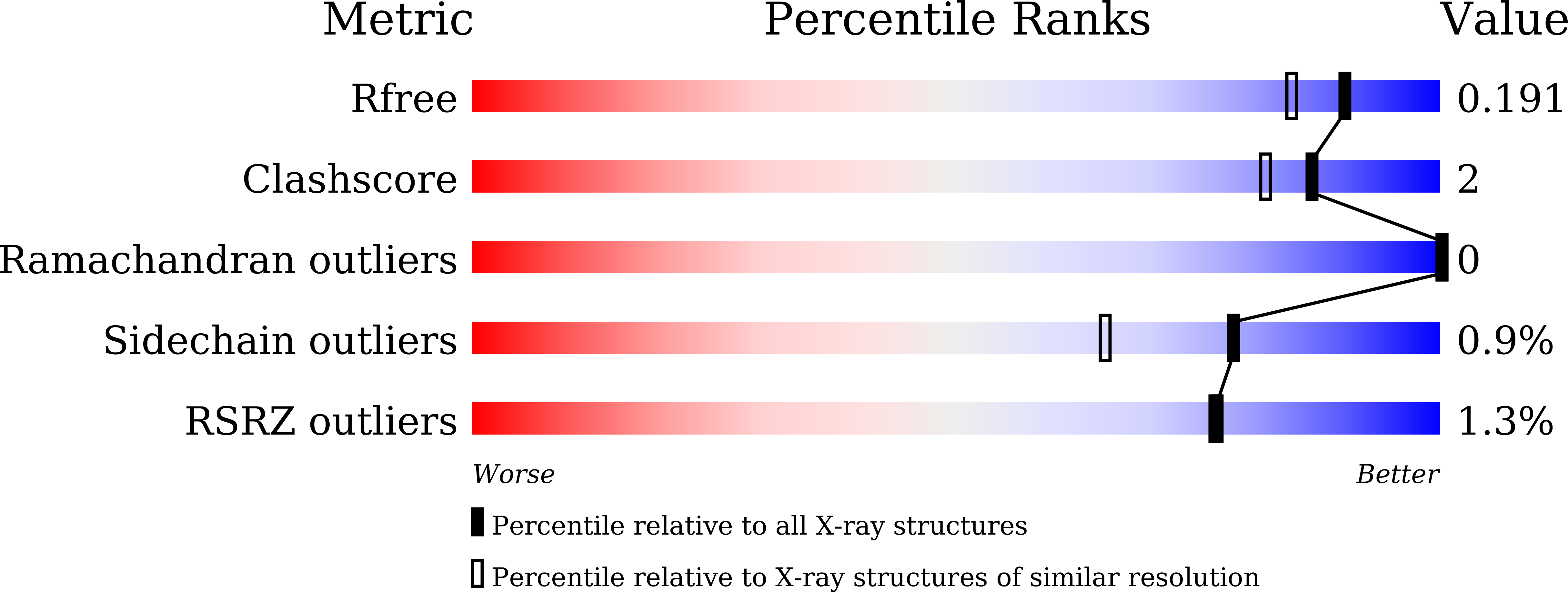
Deposition Date
2023-01-25
Release Date
2024-01-03
Last Version Date
2024-10-09
Entry Detail
PDB ID:
8I5J
Keywords:
Title:
Crystal structure of chitin oligosaccharide binding protein from Vibrio cholera.
Biological Source:
Source Organism:
Vibrio cholerae (Taxon ID: 666)
Host Organism:
Method Details:
Experimental Method:
Resolution:
1.60 Å
R-Value Free:
0.19
R-Value Work:
0.16
R-Value Observed:
0.16
Space Group:
P 1 21 1


